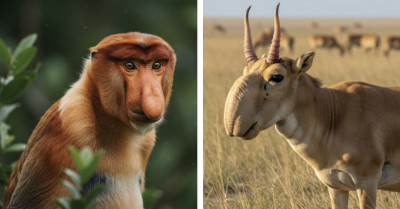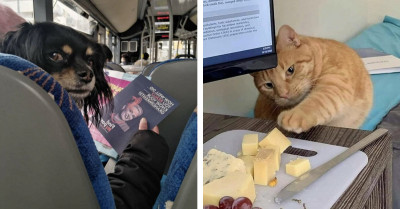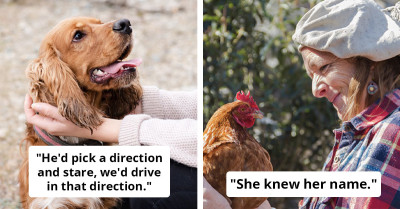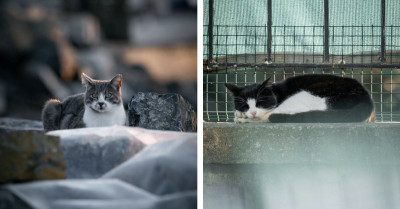Dogs And Cats Are Evolving To Look More Alike — And The Reason Is Surprisingly Human
Cats and dogs have long been known as polar opposites, not just in personality but also in appearance. However, a new study reveals a strange twist in the tale of these beloved pets. Despite their evolutionary differences, dogs and cats are starting to look more alike — and it's not just your imagination.
According to groundbreaking research by evolutionary biologists Dr. Abby Drake of Cornell University and Dr. Jonathan Losos of Washington University, our furry companions are undergoing a subtle transformation shaped by human influence.
Their findings, published in the Proceedings of the National Academy of Sciences (PNAS), are based on a detailed analysis of over 2,800 skulls from domestic and wild animals, including cats and dogs. What they discovered challenges long-standing assumptions about pet evolution.
A Shared Evolution Through Selective Breeding
The research revealed that domesticated animals exhibit far more variation in skull shape compared to their wild ancestors. This shift, the scientists argue, is driven not by natural selection but by artificial selection — in other words, generations of human-guided breeding choices.
Drake and Losos initially set out to map the diversity of skull shapes across different species, expecting cats and dogs to fall into distinct categories. But what they observed surprised them.
Drake explained how their project began with a straightforward goal: to "map the cat shape space onto the same graph as the dog shape space and see how diverse the cats were."
However, the results were unexpected.
She shared, "The cat shape space overlapped the dog shape space."
"When I saw that, I thought, ‘What’s going on? That’s amazing,’” she added in a press release.
The overlap suggested something far more intriguing—that human preferences might be steering cats and dogs toward a common aesthetic.
Cats and dogs have long been known as polar opposites
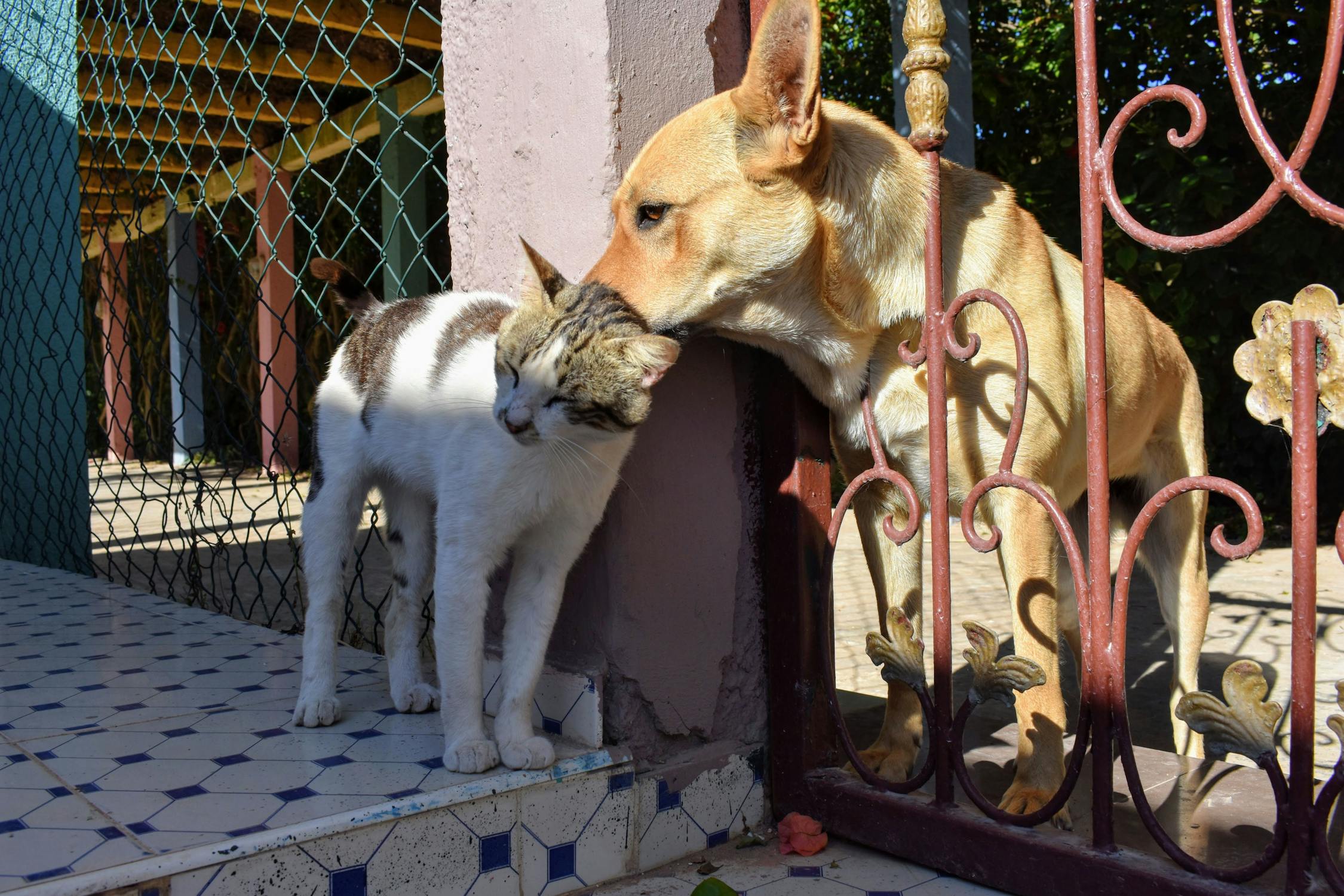
A Case of 'Copycat' Evolution?
This trend seems particularly evident in certain breeds known for their flattened faces. Over the years, pet owners have gravitated toward animals with round heads, short snouts, and large, expressive eyes — features often associated with infant-like cuteness.
“The skulls of a Pug or a Pekingese and a Persian cat are more similar to each other than either is to their ancestors, the wolf and the North African wildcat,” Losos noted.
“I don’t think anyone would have expected that.”
He went on to explain just how profound this change is when placed in an evolutionary context.
“The dog and cat families diverged evolutionarily 50 million years ago. If you think about canids and felines in nature, they look very different,” he said.
“What’s happening now is that breeders are selecting for the same baby-like features in dogs and cats: big eyes, small noses, and round heads. Who would have thought that you could substantially erase differences accumulated over 50 million years just by selecting for those characteristics?”
According to Dr. Jonathan Losos, an evolutionary biologist at Washington University, this phenomenon could be attributed to human intervention and preferences in pet breeding. He explains that as pet owners seek specific traits, they unconsciously encourage similarities between cats and dogs, such as size and coat texture. This convergence may also be a response to urban living situations where space constraints make smaller, less aggressive pets more desirable.
Dr. Losos argues that understanding these trends can help pet owners make informed decisions that promote both aesthetics and animal welfare.
The Power of Human Preference
The study highlights how modern pet breeding is increasingly influenced by emotional appeal. The traits people find cute or comforting are being selected and reinforced over generations, often at the expense of more natural or functional traits.
This trend isn't limited to appearance. As pets become more integrated into family life, often treated more like children than animals, their temperaments, behavior, and even health profiles are being reshaped to better fit human environments.
What began as companionship has evolved into something more curated, almost designed. From teacup breeds to snub-nosed cats, the animals we bring into our homes are beginning to mirror not just our tastes but also our emotional ideals.
A new study reveals a strange twist in the tale of our beloved pets
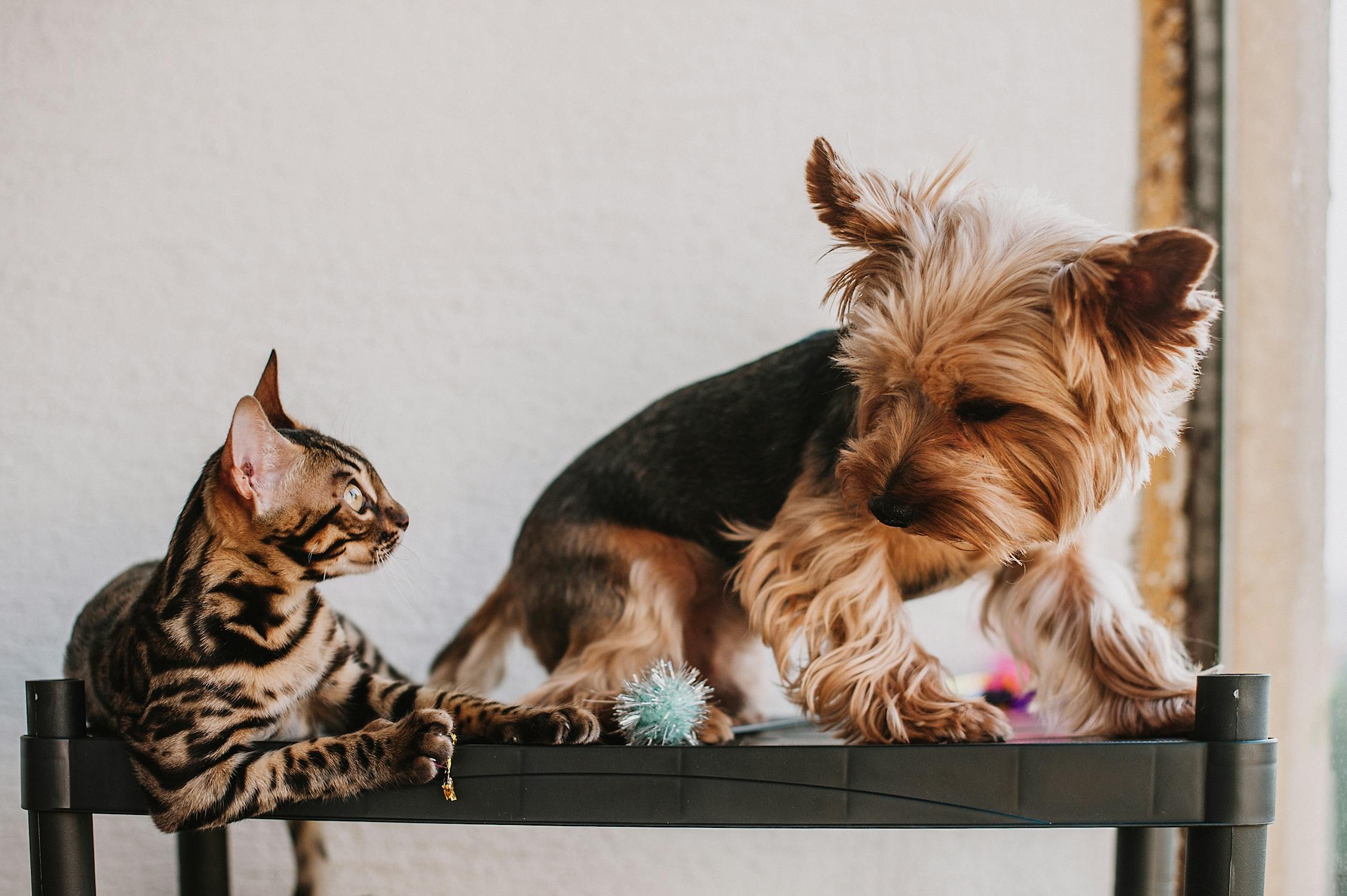
What It Means for the Future of Pets
This convergence in appearance raises important questions about the long-term implications of breeding practices. While the results may be cute, they can also come with complications. Brachycephalic (flat-faced) animals, for instance, are prone to breathing issues, eye problems, and other health concerns.
As Drake and Losos continue to explore the consequences of these findings, their work serves as a reminder of the unexpected power humans hold in shaping the natural world — sometimes in subtle, subconscious ways.
One thing is clear: in the human quest for the perfect pet, the lines between cat and dog are becoming increasingly blurred.
Implications for Breeding Practices
Veterinary behaviorists emphasize the importance of considering breed characteristics and their impact on behavior. Dr. Sophia Yin, a renowned veterinarian and animal behaviorist, advocates for responsible breeding practices that prioritize temperament over appearance. She suggests that pet owners should focus on adopting animals that align with their lifestyle rather than impulse purchases based on looks.
Moreover, Dr. Yin stresses that educating potential pet owners about breed behavior can help prevent future behavioral issues, ensuring that both pets and owners foster harmonious relationships.
This evolving similarity between dogs and cats highlights a significant interaction between human preferences and animal development. Understanding this dynamic encourages pet owners to reflect on their choices, promoting a more thoughtful approach to pet selection.
Acknowledging the behavioral and welfare implications of breeding practices can pave the way for healthier pets and more satisfying pet-owner relationships. By prioritizing temperament and compatibility over aesthetics, we can foster a deeper connection with our furry companions, ensuring their needs are met while enriching our lives.
